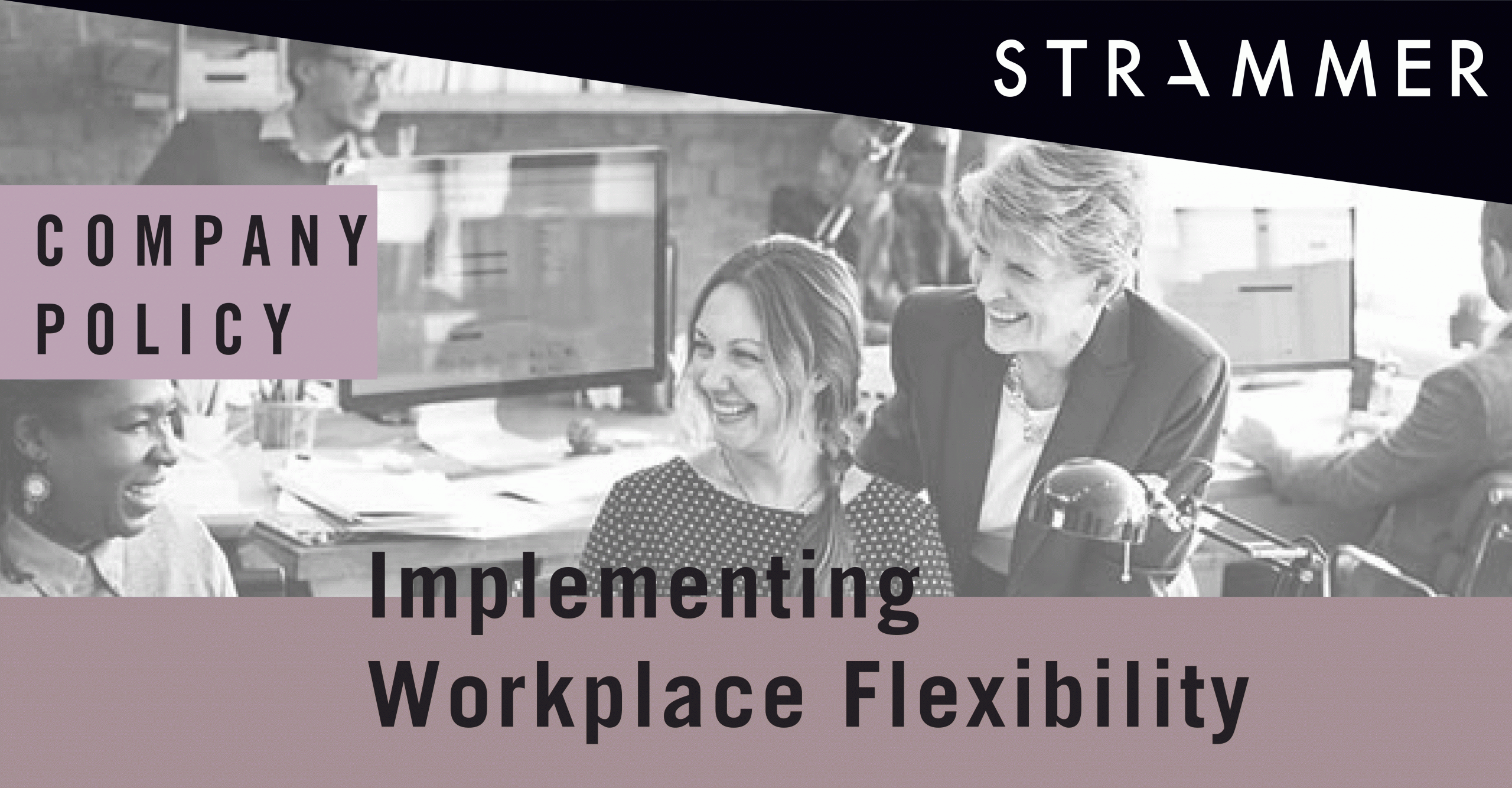Workplace Flexibility
Businesses have been evolving progressively in the last few years, adapting to the needs and necessities of each dynamic condition. Today, companies are drifting away from classic 9 to 5 shifts to evolve into flexible working, which has shown positive results during and after the Coronavirus crisis. This illustrates that flexible working does have an impact on performance, productivity, employee involvement, job satisfaction and commitment through a constructive partnership within the company.
Even though it has existed for many years, this can be a confusing process which is difficult to navigate through.
The foundation of building an effective flexible work system is through communication. With portions of the teams all in different locations with different schedules, it is important that everybody is on the same page to avoid miscommunications and time wasted on waiting.
Check-ins and group discussions once a week or month can subsequently serve the purpose and allow everybody to be on track. In addition, the use of regular evaluations ensures that employees are continuing to meet deadlines, complete their work, and not internalise poor work ethic related to flexible working.
Even with a remote work setting, it is recommended that companies continue to have an office setting available for employees. It can be due to various reasons, for example, many employees prefer to keep work and personal life separate, while some are more productive in professional settings. In addition, distractions are common in remote or flexible working conditions. An interesting solution could be implementing rotating and remote working schedules, which ensures that employees can reap the benefits of remote work and go to the office when it is necessary.
In any case, it is important to coach and train employees with remote work basics, such as digital etiquette, technology, digital software etc. It is also necessary to conduct a pilot test before implementing any flexible work modules. This will show whether the plan was suited to the company’s objectives and goals, what improvements are necessary and what were the drawbacks. A survey which evaluates employee satisfaction, performance, cost-savings, and other metrics is also necessary for the same purpose.
A dynamic flexible working scheme can be a perfect addition to the current mode of working and improve versatility and innovative employee opportunities. When done correctly, it can have excellent benefits for the company, while preserving the company culture and employee loyalty.
References:





